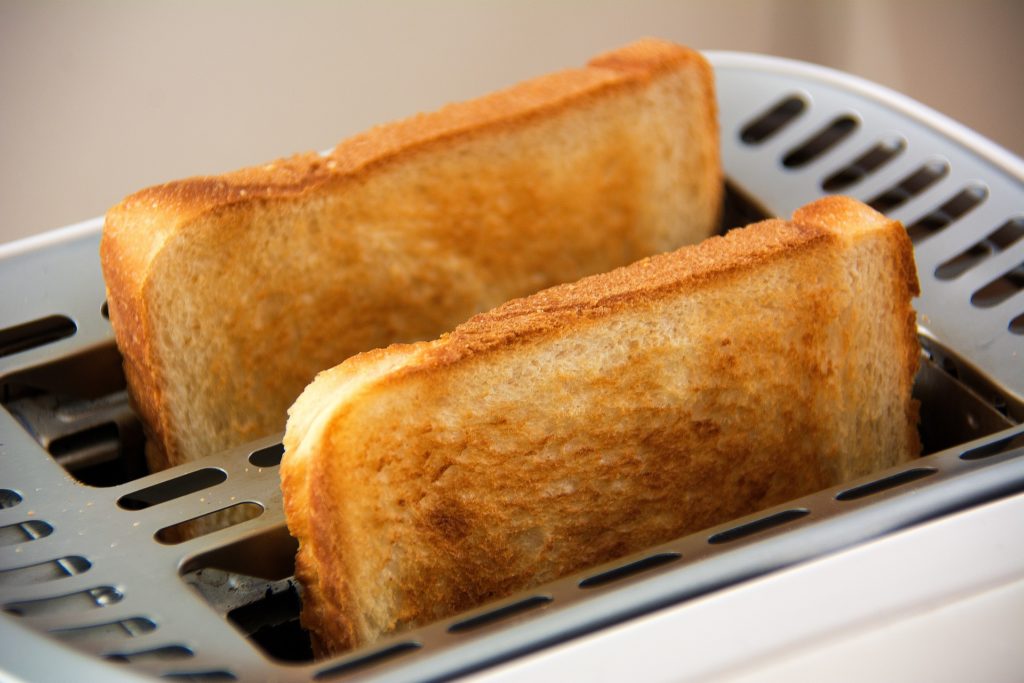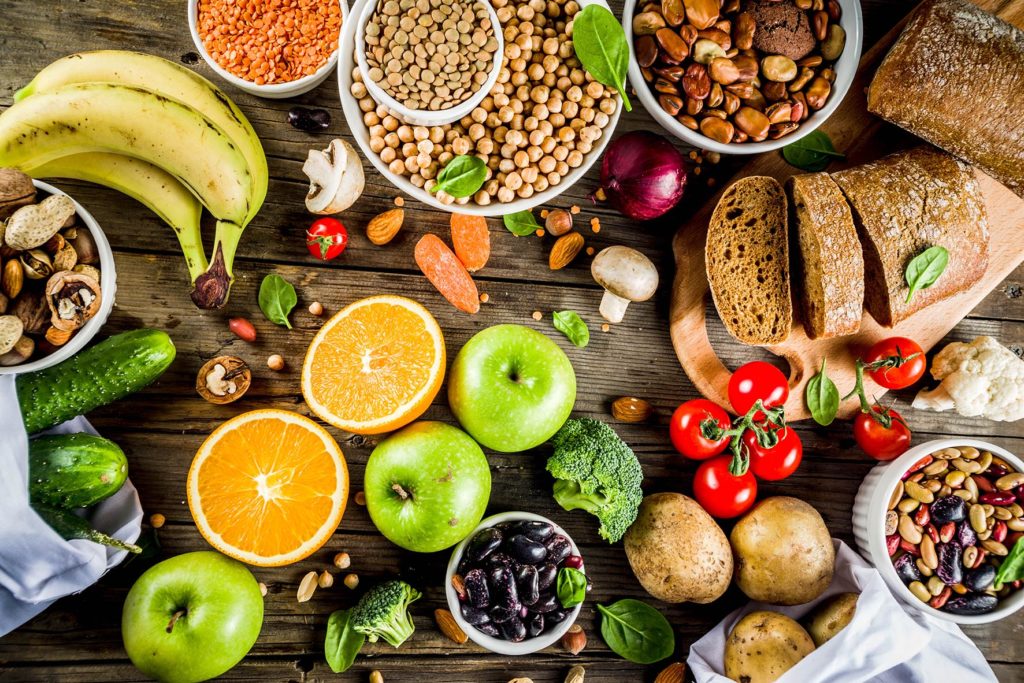How to get off the weight gain train
Eating high glycaemic index (GI) versions of foods like white bread, Desiree potatoes, sugary breakfast cereals and jasmine rice are likely to significantly increase the risk of weight gain following weight loss, according to new research from the University of Sydney. These foods also raise blood glucose levels, increasing the risk of developing type 2 diabetes.
The researchers found that study participants who maintained a high GI diet following weight loss gained half a kilo more per year than those who followed a low GI diet.

What is the glycaemic index?
The glycaemic index is a measure of how much a carbohydrate-containing food affects your blood sugar or blood glucose levels. All carb foods raise blood glucose levels in the hours after eating. However, some have a faster and greater impact because they’re digested faster. On a scale where glucose has a score of 100, many varieties of bread, potatoes and rice have a high GI – somewhere in the range 70 to 100. But other foods such as beans, rolled oats, pasta and dairy products have a lower GI, in the range of 30 to 55.
“Weight gain is a common problem after rapid weight loss,” says study co-author University of Sydney Professor and President of the GI Foundation, Jennie Brand-Miller.
“Prior to this research, there were few large-scale studies on long-term weight loss management and glycaemic status. In this new research, as well as better weight control, low GI diets were linked to improved blood glucose levels.”
Maintaining lower blood glucose levels lowers the risk of developing type 2 diabetes. It also lowers risk of hardening of the arteries and inflammatory conditions such as arthritis.

Beating the battle of the bulge
“I think all of us have experienced weight gain creep over our adult life,” Professor Brand-Miller says. “And many of us have tried all manner of diets only to regain the weight over time. This new study tells us that choosing low GI versions of foods like breads, potatoes and rice could make it easier to beat the battle of the bulge.”
Kate Obermeyer’s husband Ben was one of the participants in the study. She says taking part has had beneficial effects for her partner and her Sydney-based family.
“I didn’t realise that many of the foods we ate were low in fibre and high GI,” she admits. “My husband had a family history of diabetes, and I have a family history of heart disease. Though Ben was the study participant, we all followed the eating plan.”
According to the latest data from the Australian Institute of Heath and Welfare, around one million Australians have type 2 diabetes. A further two million people are at high risk of developing the disease. According to the World Health Organisation, the global prevalence of diabetes is increasing. In 2019, it directly caused an estimated 1.5 million deaths.
The GI Foundation has lots of resources that can help you to eat a lower GI diet, including a low GI shopping list, a low GI “swap it” tool and advice on simple low GI food substitutions. You can also check out this article about the best diet for weight loss and this advice from a dietitian. We also have this guide to the most common diet mistakes that people make.









